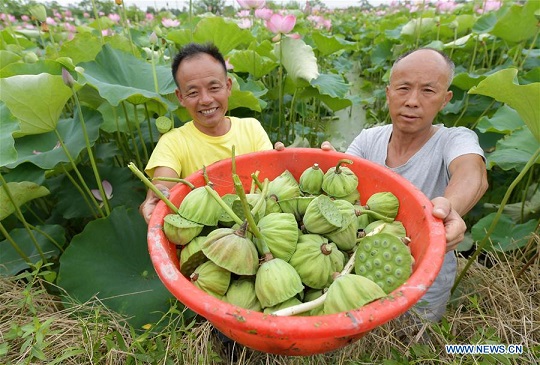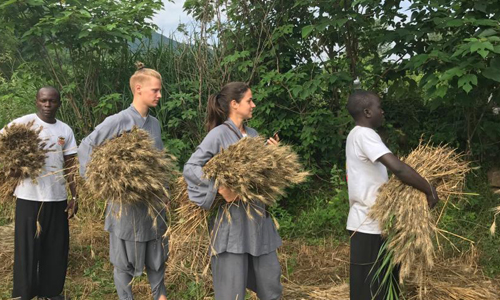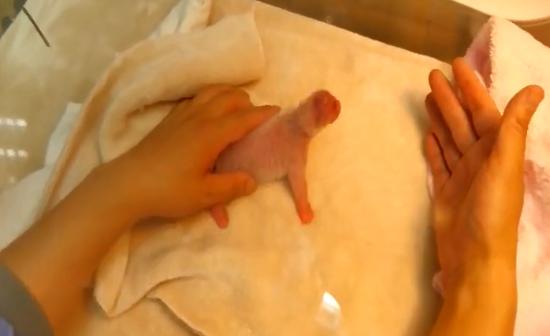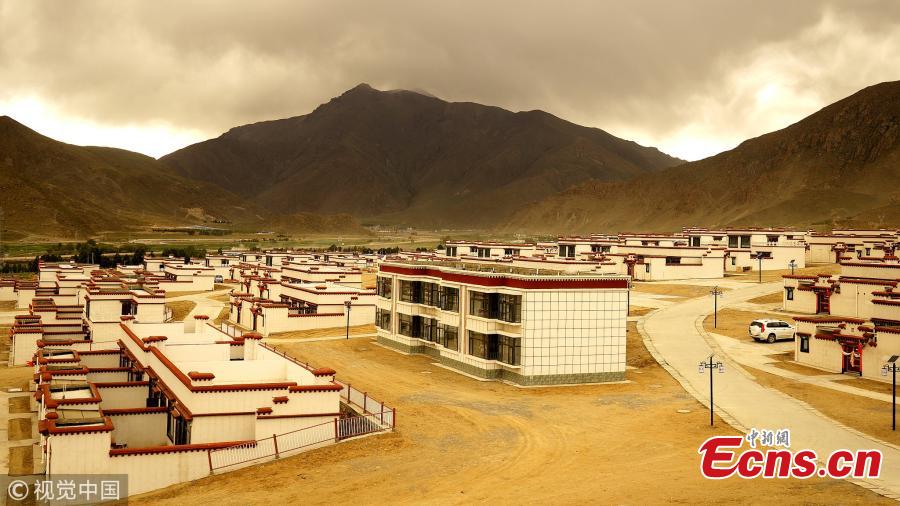
A view of newly built homes for relocated residents in Doilungdeqen District, Lhasa City, Southwest China’s Tibet Autonomous Region, June 20, 2018. Residents who once lived in Rongma Township of Nyima County, which averages 5,000 meters above sea level and faces difficulties in poverty alleviation, have been relocated to new homes at an altitude of 3,800 meters. The ecological relocation stretching more than 1,000 kilometers can also help conserve wild animals on the Northern Tibet Plateau. (Photo/VCG)
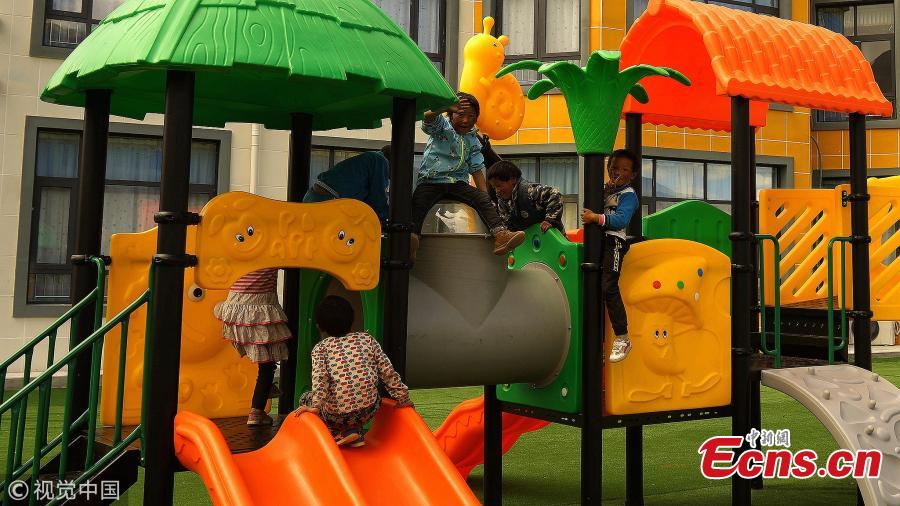
Children play in a community built for relocated residents in Doilungdeqen District, Lhasa City, Southwest China’s Tibet Autonomous Region, June 20, 2018. Residents who once lived in Rongma Township of Nyima County, which averages 5,000 meters above sea level and faces difficulties in poverty alleviation, have been relocated to new homes at an altitude of 3,800 meters. The ecological relocation stretching more than 1,000 kilometers can also help conserve wild animals on the Northern Tibet Plateau. (Photo/VCG)
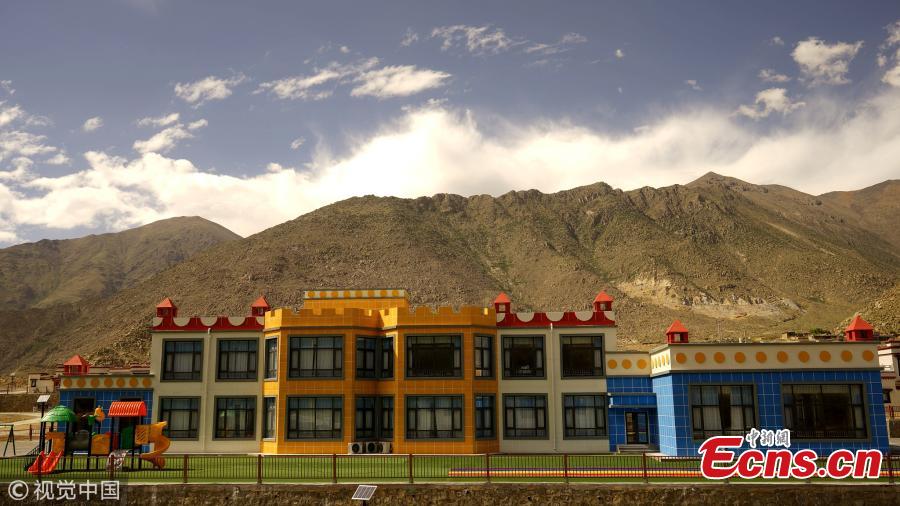
Children play in a community built for relocated residents in Doilungdeqen District, Lhasa City, Southwest China’s Tibet Autonomous Region, June 20, 2018. Residents who once lived in Rongma Township of Nyima County, which averages 5,000 meters above sea level and faces difficulties in poverty alleviation, have been relocated to new homes at an altitude of 3,800 meters. The ecological relocation stretching more than 1,000 kilometers can also help conserve wild animals on the Northern Tibet Plateau. (Photo/VCG)
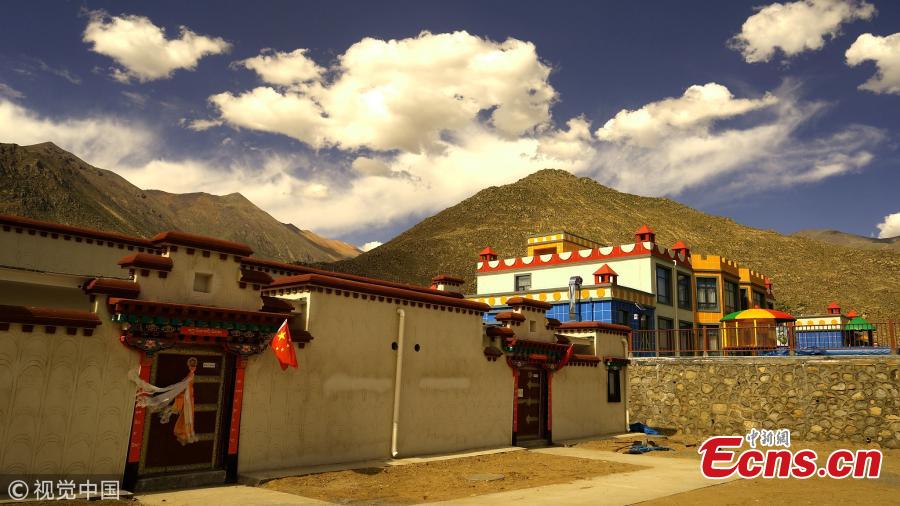
A view of newly built homes for relocated residents in Doilungdeqen District, Lhasa City, Southwest China’s Tibet Autonomous Region, June 20, 2018. Residents who once lived in Rongma Township of Nyima County, which averages 5,000 meters above sea level and faces difficulties in poverty alleviation, have been relocated to new homes at an altitude of 3,800 meters. The ecological relocation stretching more than 1,000 kilometers can also help conserve wild animals on the Northern Tibet Plateau. (Photo/VCG)










